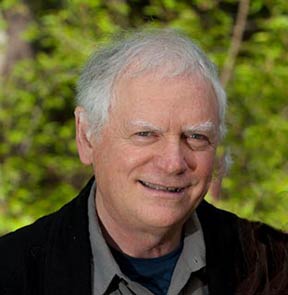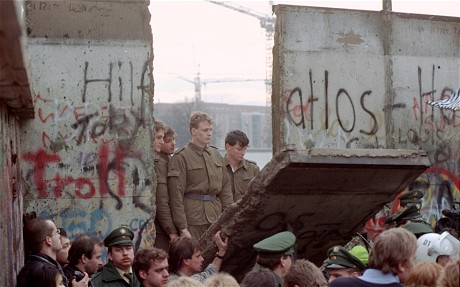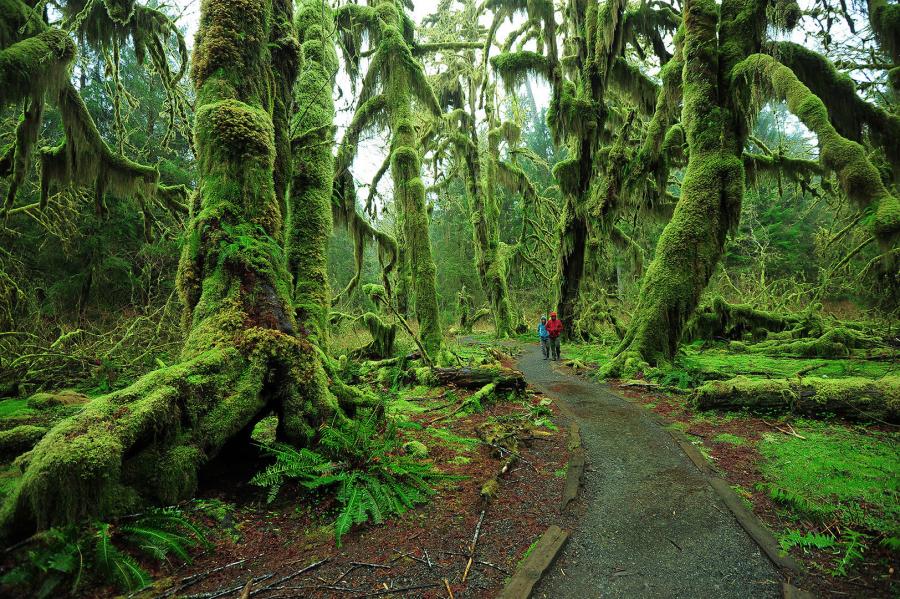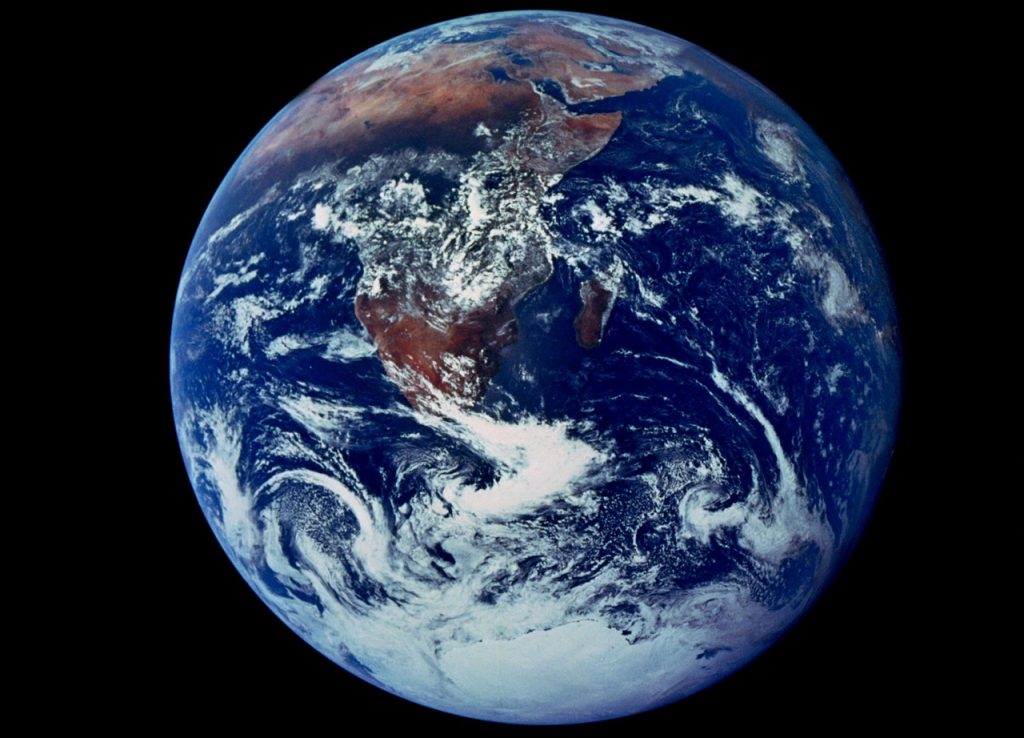Melted By “The Snowman”

At the AERO (Alternative Education Resource Organization) conference in Portland, OR in August, 2016, I had the tremendous honor and great pleasure to sit down with one of the true pioneers of the field of Holistic Education, Philip Snow Gang. Beginning in 1990 Phil served as the Executive Director of GATE (The Global Alliance for Transforming Education.) In this capacity he helped to contribute to the writing of some of the founding documents of the emerging field of holistic education, most notably the Chicago Statement and “Education 2000: a Holistic Perspective.”
Phil has also served as a Montessori educator, school leader, faculty member at the California Institute of Integral Studies and the Founding Director of TIES (The Institute for Educational Studies), a fully online MA program in integrative learning. After living for more than twenty years in New Zealand, Phil has settled down in Portland, OR, where he nourishes his soul through daily walks along Tryon Creek.
We sat together and enjoyed a meandering conversation through the history of the 1980’s “new paradigm” theories. We explored the spirituality of Maria Montessori. We discussed the wisdom traditions of first nations people and their approach to education. And we journeyed into the natural world as a source for seeing and understanding relationships and connections.
What struck me most in this conversation, as has been the case with a select few individuals in my life, Phil is obviously someone who models deep commitment, integrity and identity. Our conversation was punctuated by long pauses, during which it was obvious that Phil was accessing a deeper place within his own interiority. The concepts of sustainability or community are not mere abstractions but defining cornerstones of his life. Holism is not an intellectual exercise but a way of living and being in the cosmos.
I was thoroughly engaged by the content of Phil’s words and deeply moved by his spiritual presence. I found my heart was slowly warmed and thoroughly melted by “The Snowman.”
I am thrilled to offer a few of my favorite excerpts from out chat here. For the complete interview transcription visit the article “Deep Roots” on the HEI Library page, HERE.
– – –
Paul – Was there anything happening culturally (in the 1980’s) that played an important role in this emerging holistic consciousness?
 Phil – You know, the Cold War was at its peak. I started taking part in exchanges with Soviet schools so that notion that the world was limited was beginning to melt. That even our enemies weren’t our enemies. I think a paradigm shift that at least touched me profoundly was when the Berlin Wall came down in 1989 in November. I was speaking at a conference and one of the other keynotes came up and said, “I don’t know how we can continue with business as normal when the Berlin wall is coming down as I speak.” It still gives me goosebumps.
Phil – You know, the Cold War was at its peak. I started taking part in exchanges with Soviet schools so that notion that the world was limited was beginning to melt. That even our enemies weren’t our enemies. I think a paradigm shift that at least touched me profoundly was when the Berlin Wall came down in 1989 in November. I was speaking at a conference and one of the other keynotes came up and said, “I don’t know how we can continue with business as normal when the Berlin wall is coming down as I speak.” It still gives me goosebumps.
Paul – Right, and all these assumptions and iconic images – a literal wall. If that can fall, what other walls might fall?
Phil – Exactly. That’s beautiful. Well said. It really sunk in to me how important that was.
Paul – Describe the Chicago Conference and the writing of “Education 2000”
Phil – In the late 80’s I gave a presentation at the Costa Rican conference on “seeking the true meaning of peace.” Robert Muller introduced me to Thomas Berry and I subsequently visited with him at his home in Riverdale, New York. He was inspiring to be around and I was inspired to get more involved in the global level. I had some taste of this having presented in Europe and South American as well as Australia and New Zealand.
 I called Ron Miller and told them about my idea to bring leaders from holistic organizations together to “seek a common vision.” At first he wasn’t keen on the idea and several months went by. Then one day he rang me and said, “you know that conference you suggested, I think it’s happening. So Ron and I gathered a group of eight people to come to North Georgia (I lived in Atlanta at the time) and we met at the Center for New Beginnings, planting the seeds for GATE.
I called Ron Miller and told them about my idea to bring leaders from holistic organizations together to “seek a common vision.” At first he wasn’t keen on the idea and several months went by. Then one day he rang me and said, “you know that conference you suggested, I think it’s happening. So Ron and I gathered a group of eight people to come to North Georgia (I lived in Atlanta at the time) and we met at the Center for New Beginnings, planting the seeds for GATE.
We invited 80 people to the Chicago conference. They represented a vast array of holistic education organizations. It was very challenging to get agreement on a draft “conceptual framework” that Ron had written. As I recall, there was concurrence on the many of the points in Ron’s document and he took away suggestions to complete writing the vision part of Education 2000: A Holistic Perspective. We did, however, at Robert Muller’s suggestion, publish The Chicago Statement on Education. This was translated and widely distributed.
The following year we met in Colorado and adopted the name, GATE, and set out to publish Education 2000: A Holistic Perspective. A grant was provided and I was named executive director. During the next three years I had the opportunity to advocate for this vision in the USA, South America, Europe, Japan and Oceania, Inevitably someone would ask the question: Where can I study the ideas in Education 2000 and learn how to teach those contexts.
Ultimately, my GATE experience gave birth to the TIES Integrative Learning Master of Education degree. I took those contexts and, based on my work with children and adults, developed coherent processes to allow those contexts to be “owned” by our students.
Paul – Would you talk a little about nature? Why is it critical to embed education in nature?
 Phil – (Pause) Well I think that if… (pause) it can make you cry if you think about it… (pause) If you think about our long trail from living in nature to…this. And you think about population growth and ecological destruction… you know I go in the forest and I think, this might not be here. So if, the earth from where we came is not here, then we won’t be here. And maybe that’s what’s going to happen anyway. And maybe that’s allright. So It’ll be some time in the future and earth will generate and humans of a different kind might come and while I still believe there’s an innate goodness that can be achieved on this planet by people communing in nature and seeing the importance. Because there’s where you see the interrelationships. You don’t see integration, or how the world really functions in a building like this. This is just a superimposed technology. It doesn’t have to be in the forest. For me it’s the forest because the trees, but I have a friend who likes to spend her daily hour and a half on the beach every day and it’s changing her way forward. And connecting kids to that…they’re not disconnected…yet. Most of them.
Phil – (Pause) Well I think that if… (pause) it can make you cry if you think about it… (pause) If you think about our long trail from living in nature to…this. And you think about population growth and ecological destruction… you know I go in the forest and I think, this might not be here. So if, the earth from where we came is not here, then we won’t be here. And maybe that’s what’s going to happen anyway. And maybe that’s allright. So It’ll be some time in the future and earth will generate and humans of a different kind might come and while I still believe there’s an innate goodness that can be achieved on this planet by people communing in nature and seeing the importance. Because there’s where you see the interrelationships. You don’t see integration, or how the world really functions in a building like this. This is just a superimposed technology. It doesn’t have to be in the forest. For me it’s the forest because the trees, but I have a friend who likes to spend her daily hour and a half on the beach every day and it’s changing her way forward. And connecting kids to that…they’re not disconnected…yet. Most of them.
I saw that in Vermont, when I moved there in ’93. Kids were still outside. But younger and younger their world is in a screen. Six hours a day on a screen.
Paul – Is there something inherently more valuable to being in a natural environment than a concrete world?
Phil – Yes, it doesn’t have to be a forest, it could be a garden. Just so you begin to see. I mean, social justice issues and issues of equality, for example are derivatives of the natural world. I am a deep believer in origins. And if we’re going to sustain life, it’s not going to come from ideas of social justice, it’s going to come because we’re taking care of the earth. Everything else is just a derivative. If you take care of the earth, social justice will evolve.
Paul – Do you want to say anything about TIES? What is your vision for this program? What have you created there?
Phil – When I was traveling around for GATE and talking about these ten principles, again and again people would ask, “well, where can I get an education like that?” So that’s what birthed our graduate programs in holistic and integrative learning. At first we called it holistic. There were people who knew what holistic was, and there were people who liked it and people who didn’t. So I was looking for some word that there weren’t any arguments about. so I chose ‘integrative’ and nobody was using it. Now it’s all over the place. I noticed that the other day. It’s quite amazing.
So, we started this program and have evolved it in such a way that the students and faculty facilitators all participate in the learning community. And there are some specific markers throughout the program that contextualize the process, knowing the systems that run our planet earth and the systems that run throughout the universe are the two major contexts and going back to my original idea in the 70’s that if people knew the context… so all we had to do was figure out a way to give that context in a way that supports individuals needs and their story. And so by 2007 or 2008 people would always ay, “well tell me about your program.” And I didn’t have the words. I really didn’t. “I’d say, you really have to talk to the students. Because they’re the ones who are in it.”
So it occurred to me to start capturing things that students said, either in their papers, or on line in their dialogues or in their evaluation of the program. So I did that from 2008 until 2012 and finally started to collate these. And I actually began to kind of quiver when I saw what I saw because it was so profound. Their words were so much more potent that what I could ever dream of. It’s all going to be put into a “living journal.” And so it explains what the program is in ways that I couldn’t. And how it has changed people’s lives and how they’re living into the ideas that were presented. Even the notion of questioning, people say “ boy that is so important to me in going forward.” And just a world view that gives them a feeling that they can make a change on this planet. And what more can you want. Because these are all teachers. And they’ve got children. What more could you want?

 Holistic Education Initiative
Holistic Education Initiative